5052 5083 marine grade aluminium sheet for boat
Marine grade aluminium alloys 5052 and 5083 are among the most widely used non-heat-treatable alloys for shipbuilding, small vessels, and marine components. They combine good corrosion resistance in seawater, excellent weldability and formability, and a favorable strength-to-weight ratio — making them ideal for hulls, superstructures, fuel tanks, decks, and fittings.
- 5052: An aluminum–magnesium alloy with good formability and moderate strength; excellent corrosion resistance in seawater and salt spray.
- 5083: A higher-strength aluminum–magnesium–manganese alloy designed specifically for marine applications; exceptional corrosion resistance and superior strength compared with 5052.
Features & Benefits
- High corrosion resistance in chloride environments (seawater, salt spray).
- Good weldability using TIG/MIG and conventional methods; minimal post-weld heat treatment required.
- Excellent formability (particularly 5052) for complex shapes and curved hull panels.
- Lower density than steel — reduces vessel weight, improves fuel efficiency, stability and payload.
- High impact resistance and toughness, especially at low temperatures (5083 retains toughness near 0°C and below).
- Low maintenance: does not rust; requires occasional anodic protection or coatings for long-term aesthetics.
- Recyclable: aluminium is highly recyclable without loss of properties.
Typical Applications in Marine Sector
- Hull plating for small to medium recreational boats (5052 and 5083, depending on strength required)
- Commercial and patrol craft hulls and decks (5083 preferred)
- Superstructures and bulkheads
- Deck fittings, brackets, and hardware
- Fuel tanks and piping components (with appropriate surface treatment)
- Davits, gangways and ramps
- Buoy frames and other offshore components
- Corrosion-resistant sheet lining and covers
- Strength: 5083 > 5052
- Formability: 5052 > 5083
- Corrosion resistance: Both excellent; 5083 slightly superior in aggressive seawater conditions
- Weldability: Both excellent; 5083 sometimes requires more attention to distortion control due to higher strength
- Typical use: 5052 for lightly loaded panels and fittings; 5083 for structural hull plating, higher-strength load-bearing parts
Chemical Composition
Table: typical chemical composition ranges (wt %). Values are nominal ranges — see specific material certificates for exact composition.
| Element | 5052 (wt%) | 5083 (wt%) |
|---|---|---|
| Al | Balance | Balance |
| Mg | 2.2–2.8 | 4.0–4.9 |
| Mn | 0.10 max | 0.40–1.0 |
| Cr | 0.15 max | 0.05–0.25 |
| Fe | 0.4–0.7 | 0.4–0.5 |
| Si | 0.25 max | 0.4 max |
| Cu | 0.10 max | 0.05–0.20 |
| Zn | 0.10 max | 0.25 max |
| Others | trace | trace |
Notes:
- 5083 contains higher magnesium content for increased strength and good corrosion resistance.
- Alloying additions (Mn, Cr) help control grain structure and improve toughness and strength.
Mechanical Properties (Typical, annealed or common tempers)
Table: representative mechanical properties — consult supplier datasheet for exact tempers (O, H111, H116, H321, H111, etc.).
| Property | 5052-O / H32 (typical) | 5083-O / H116 (typical) |
|---|---|---|
| Tensile strength (MPa) | 165–230 | 275–365 |
| Yield strength (0.2% Rp0.2, MPa) | 35–150 (depends on temper) | 145–300 |
| Elongation (%) | 8–20 (thin sheet higher) | 10–20 |
| Hardness (HB) | ~25–70 | ~40–90 |
| Density (g/cm3) | 2.68 | 2.66–2.70 |
| Toughness | Good | Excellent, better at low temp |
Notes:
- 5052-H32 commonly used for sheets requiring moderate strength with good formability.
- 5083-H116 or H321 often specified for welded marine structures for improved corrosion resistance and stable mechanical properties after welding.
Performance in Marine Environment
- Corrosion behaviour: Both alloys resist pitting and localized corrosion in seawater due to high Mg content and stable oxide film. 5083 is often preferred for more aggressive or long-service applications, or where structural strength is critical.
- Galvanic compatibility: When in contact with other metals (steel, copper, bronze), aluminium can suffer galvanic corrosion. Use dielectric barriers, insulating pads, or compatible fasteners (stainless steel with isolation) and proper coatings to prevent issues.
- Fatigue resistance: Good fatigue strength for hull plating; 5083 provides better fatigue resistance due to higher base strength. Design for weld details and avoid stress raisers.
- Weld zone performance: H116 or H321 tempers in 5083 maintain strength and corrosion resistance in the weld area better than some other tempers. Proper filler metals (e.g., 5356 for 5xxx series) are recommended.
Fabrication & Welding
- Forming: 5052 offers excellent cold formability for bends and complex shapes. Minimum bend radii depend on thickness and temper; test prototypes recommended.
- Cutting: Standard methods (shearing, waterjet, plasma, laser) are compatible. Burr control and edge finishing improve fatigue life and coating adhesion.
- Welding: MIG (GMAW) and TIG (GTAW) are common. Use appropriate filler (commonly 5356 or 5183 for 5xxx series) and welding parameters to minimize porosity and distortion. Pre-weld cleaning to remove oils and oxides is essential.
- Surface treatment: Anodizing, chromate conversion, and paint systems improve corrosion resistance and aesthetics. For long-term protection, consider thorough surface prep and marine-grade coatings.
Typical Specifications & Sizes
Manufacturers produce marine aluminium sheet in a range of thicknesses and widths. Typical ranges:
- Thickness: 0.8 mm up to 12 mm (sheet and plate); heavier plate thicknesses available for structural members.
- Width: commonly 1000 mm, 1250 mm, 1500 mm, 2000 mm (custom widths on request).
- Length: standard cut lengths (e.g., 2000–6000 mm) or custom cut-to-length.
- Tempers: O (soft annealed), H32, H34, H111 (5052); O, H116, H321 (5083) — choose according to forming and welding needs.
- Surface finish: mill finish, brushed, pre-painted or coated.
Always confirm tolerances, certification (EN, ASTM, ABS, LR, DNV-GL) and material test reports (MTR) for marine classification requirements.
Quality & Certification
For marine and commercial vessel construction, material certification is commonly required:
- EN 485 / EN 573 / EN 515 (European standards)
- ASTM B209 for aluminium sheet/plate
- Classification society approvals: ABS, Lloyd’s Register (LR), DNV-GL, Bureau Veritas (BV) — check each society’s alloy/temper acceptance and required documentation
- Material Test Report (MTR) showing chemical analysis, mechanical test results, heat number traceability
Request certified test reports and certifications from the supplier for compliance and warranty claims.
Design & Selection Guidance
- Choose 5052 for non-structural panels, interior fittings, tanks and accessories where formability is paramount and loads are moderate.
- Choose 5083 for hull plating, structural members, and applications where higher strength and improved resistance to stress-corrosion cracking are needed.
- Specify appropriate temper (H116, H321) for welded structural applications to maintain weld zone corrosion resistance.
- Consider thickness to meet bending stiffness and buckling requirements; aluminium requires greater thickness than steel for similar stiffness but still yields significant weight savings.
- Protect all fastener joints and dissimilar metal contacts with suitable isolation materials and coatings to avoid galvanic corrosion.
Handling & Maintenance
- Rinse with fresh water regularly in saltwater environments to reduce salt deposits.
- Inspect welds, fasteners and seals periodically for signs of corrosion or fatigue cracking.
- Reapply coatings as recommended; repair scratches promptly to prevent localized corrosion.
- Avoid prolonged contact with dissimilar metals; use protective washers, sleeves or coatings.
Example Specification Table (for quick ordering)
| Parameter | Example Value |
|---|---|
| Alloy | 5052 / 5083 |
| Temper | 5052-H32, 5083-H116 |
| Thickness | 1.5 mm — 8.0 mm (common) |
| Width | 1250 mm (typical) |
| Length | 2500–6000 mm (cut-to-length available) |
| Surface | Mill finish / prepainted optional |
| Certification | ASTM B209 / EN / ABS / LR / DNV-GL (on request) |
| Filler metal | 5356 / 5183 for welding 5xxx series |
Related Products
Marine 5059 aluminum sheet
5059 aluminum alloy is a strain-hardened material with a unique addition of magnesium and chromium, which provides outstanding resistance to localized corrosion like pitting and stress corrosion cracking.
View DetailsMarine perforated aluminum sheets
Marine Perforated Aluminum Sheets feature a series of uniform holes or shapes punched through the aluminum surface. These perforations can vary in size, pattern, and open area to tailor the sheets for specific applications.
View DetailsMarine Aluminum Tread Sheets
Marine Aluminum Tread Sheets are aluminum alloy plates featuring a raised surface pattern, commonly referred to as a tread design or diamond plate.
View DetailsMarine 5086 aluminum sheet
This product article provides an in-depth and comprehensive understanding of Marine 5086 Aluminum Sheets, including their chemical composition, mechanical properties, corrosion resistance, fabrication capabilities, and typical marine applications.
View DetailsMarine 5083 aluminum sheet
Aluminum alloy 5083 is a non-heat-treatable alloy primarily composed of magnesium and trace elements that deliver outstanding protection against corrosion, particularly in seawater and saline atmospheres.
View DetailsMarine anodized aluminum sheets
Marine Anodized Aluminum Sheets start with premium marine-grade aluminum alloys such as 5000 and 6000 series (typically 5083, 5052, and 6061).
View DetailsRelated Blog
Aluminium sheet 8mm alloy 5052 h112 for boat
When selecting materials for marine applications, especially in boat building, the balance between strength, corrosion resistance, and workability is crucial. Aluminium sheet 8mm thick made from alloy 5052 in temper H112 epitomizes this balance.
View DetailsMarine grade aluminum for ship building aluminium sheet 5052 h111
Superior strength, corrosion resistance, and durability of marine grade aluminum 5052 H111 aluminum sheets, ideal for shipbuilding applications requiring high fatigue strength and excellent seawater performance.
View Details2mm 3mm 4mm marine grade 5052 h32 aluminum sheet
5052 H32 aluminum sheet is a marine-grade, non-heat-treatable wrought alloy with excellent corrosion resistance, good formability, and moderate strength. It is widely used for applications exposed to coastal and saltwater environments.
View DetailsMarin grade aluminum sheet 5052 5mm thick for boat
What is Marine Grade Aluminum 5052?Aluminum 5052 is a non-heat-treatable aluminum-magnesium alloy primarily known for excellent corrosion resistance, high strength among the non-heat treatable grades, and superb weldability.
View Details5052 5083 alloy 16 gauge aluminum sheet for boat building
5052 Aluminum Alloy5052 aluminum alloy is a non-heat treatable alloy known for its exceptional corrosion resistance, especially against saltwater, making it a popular choice for marine environments.
View Details5052 5083 marine grade aluminium sheet for boat
Marine grade aluminium alloys 5052 and 5083 are among the most widely used non-heat-treatable alloys for shipbuilding, small vessels, and marine components. They combine good corrosion resistance in seawater, excellent weldability and formability.
View Details

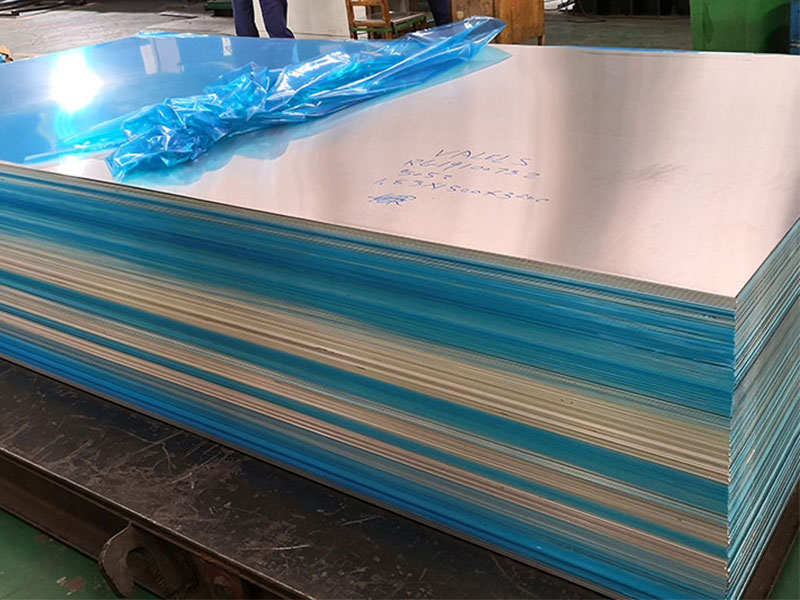
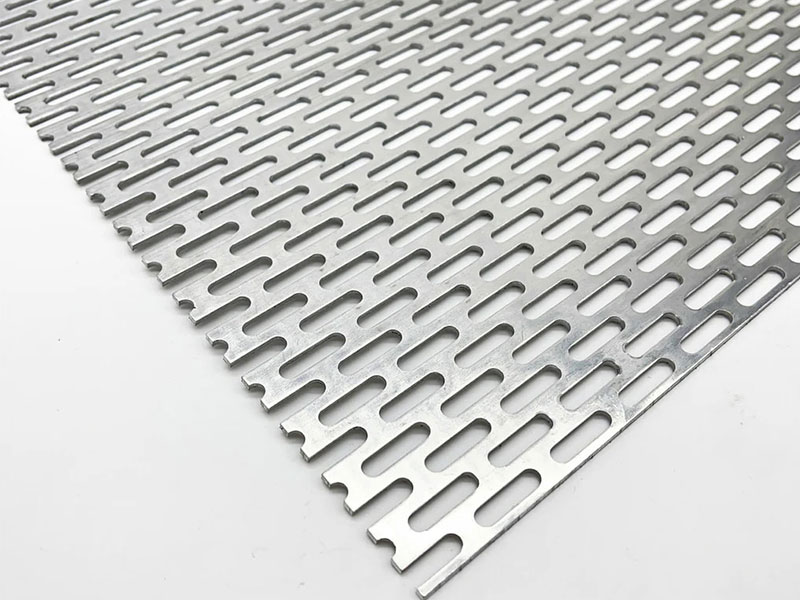
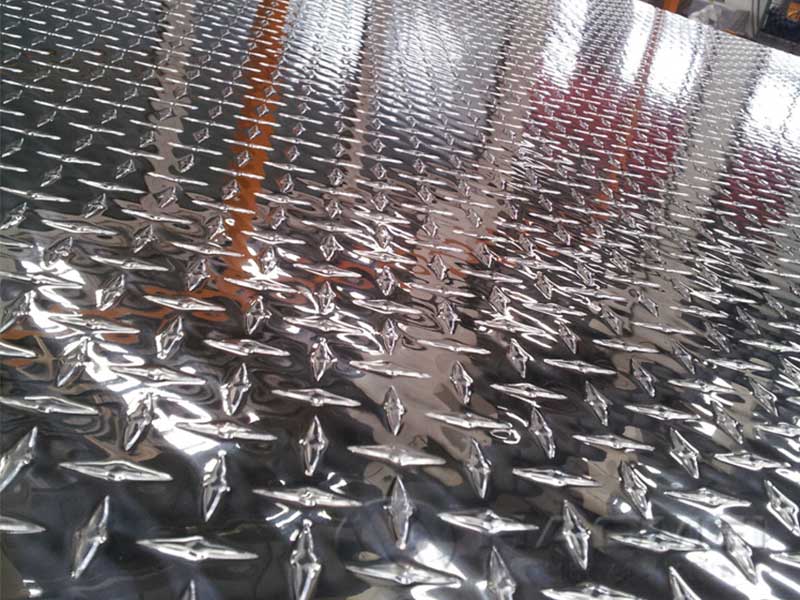
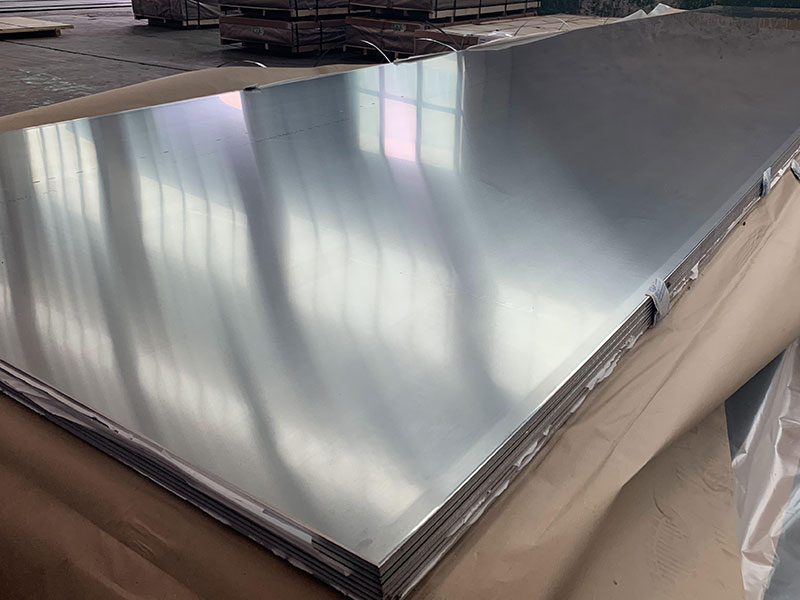
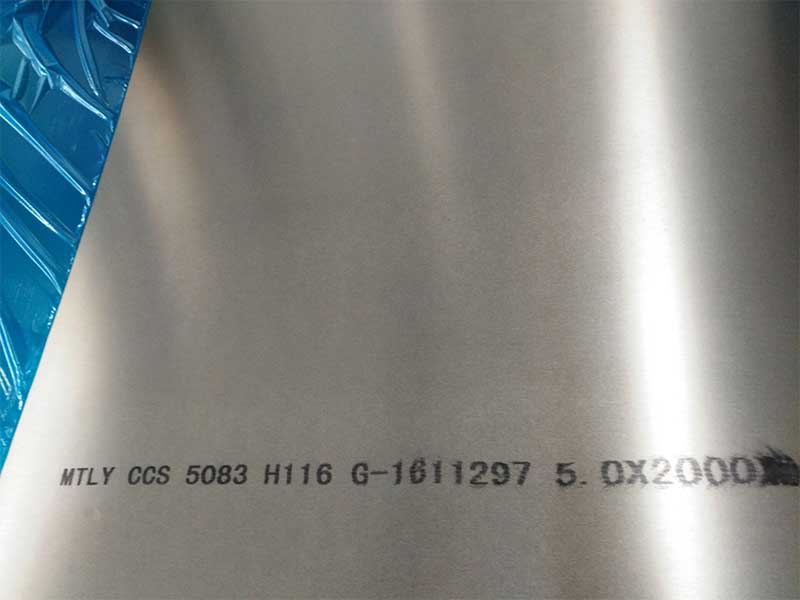
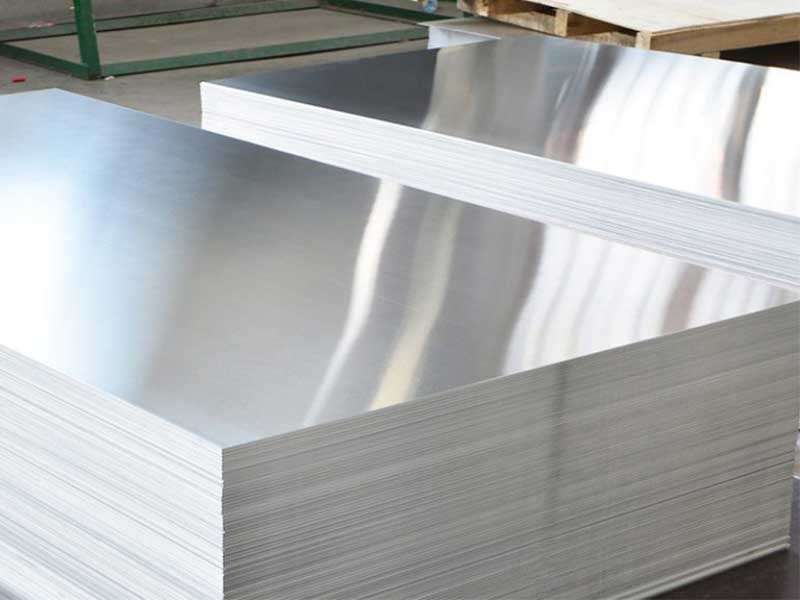






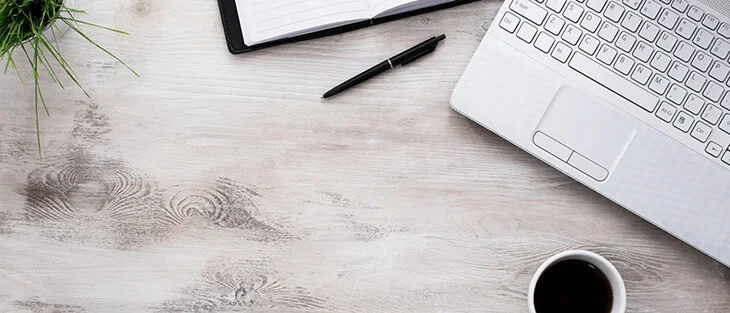
Leave a Message